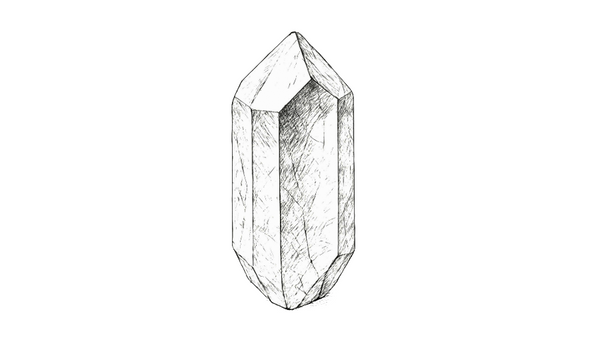A big thank you to Rainbow Roots Farm for growing beautiful organic calendula for us this summer of 2023 🌈
Calendula is an edible flower, sometimes called “poor man’s saffron”. Calendula belongs to the Asteraceae family, which also includes other well-known plants like daisies, sunflowers, and chamomile. It can be applied to skin or infused into a calming herbal tea.
Calendula (cuh-lend-u-luh) produces a flower with skin soothing properties, good for soaps and body care products 🌼
It can help calm irritated skin, reduce redness, and promote healing. Calendula contains compounds that may have anti-bacterial and anti-fungal effects, which can be useful for various skin conditions.
Calendula, also known as pot marigold, has a rich history. Ancient Egyptians valued calendula for its rejuvenating properties and added it to cosmetics and ointments. Ancient Greeks and Romans used it for culinary and medicinal purposes.
During the Middle Ages, calendula gained popularity in Europe for its healing properties, and was often included in herbal remedies for various ailments. The golden and orange color of the flower also led to its use as a natural dye for fabrics and foods.
In traditional medicine, calendula has treated skin conditions and digestive issues. Its uses have evolved, and today, it is commonly found in skincare products like creams, ointments, and salves to address issues like dryness, dermatitis, or minor wounds.
This plant thrives in full sunlight and brings the sun with her through the dark days of winter 🌞
Calendula’s color and shape represent sunshine and warmth. In folklore, calendula was sometimes considered a symbol of the sun’s energy and healing properties and has also been linked to solar deities in different cultures.
Beyond the visual resemblance, calendula’s peak blooming period is the sunny months of late spring and summer in cooler zones. This synchronization with the sun’s presence in the sky further reinforces the connection between calendula and sunlight in cultural and symbolic contexts.
Browse our growing calendula product collection 😊


